Back when I studied Fine Arts, we had a sculpture class where we’d spend our spare time doing clay copies of classic Greek sculptures. One day while I was working on a Greek bust, the Chair Professor came up to me, touched me in the shoulder and glaring at me said: “You see…” He then took two puffs on his pipe and left to his office.
At the time I didn’t quite get what he meant by “You see…”, but in time I understood what he was referring to and how it is so important for an artist to “learning to see” .
Clearly this Professor wasn’t referring to the sight sense we all have that allows us to see everything in front of our eyes, rather he was referring to our ability to understand and comprehend the reality around us.
Every artistic activity involves thinking, analyzing the reality before us in order to comprehend and understand it. Only then can we make it our own and interpret it according to our way of seeing the world.
Every one of us has their own, singular and unique filter, which is what makes an artist’s work so distinct from others’… despite starting from the same motif.
As animators we must learn to understand the reality around us. How does weight distribute in a pose, how different parts of the body anatomy balance themselves, how does a movement start and why, what are the thoughts behind a glance, a gesture…
Knowing how to see involves thinking about what is seen, analyzing it and above all, understanding it. Only when we understand the whys behind the reality around us can we reflect it in our animations. Knowing how to see isn’t something acquired through a specific technique, recipe or method. We have to understand the rules, the principles governing the universe around us and organize that information inside our minds, retaining the essential and discarding the superfluous.
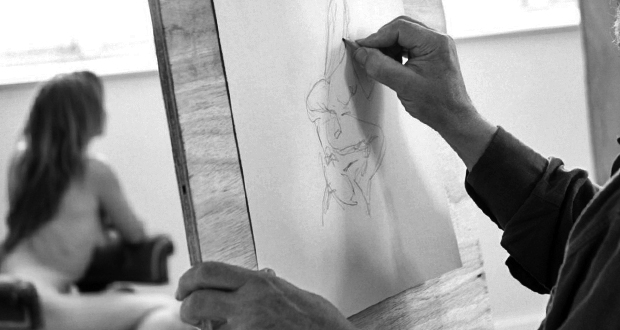
I know we’re living in a digital age where drawing with paper and pencil seems like something relegated to nostalgics, but I’m going to invite you to return to our origins. Let’s draw!
Drawing is the best method to learn to see and understand reality. A drawing isn’t a mere doodle on a paper, it’s something more… A drawing is thought in action. Drawing makes us analyze the reality around us, understand it, synthesize it and differentiate the essential from the superfluous.
The most advisable thing for an animator is to do life drawing (people or animals). Never start from a photo or video. Reality has to be in front of us, naked, with no filters. Ideally one should go to an academy where they can find the environment and inspiration from seeing other artists work, but if not possible, you can go to the park, draw on the bus or the people near you.
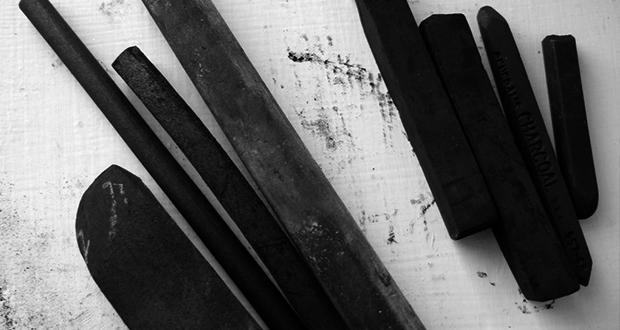
It’s important that you don’t do very elaborate drawings, try to make drawings that don’t take more than 30 seconds or 1 minute. For that use some graphite rods, charcoals or sanguine. Stay away from sharp pencils and other precision tools that due to their nature will tempt you to draw detail. The thicker and cruder the tool, the better. Don’t draw faces, noses and fingers… Forget about the details and anything superfluous. Focus on the essence of the pose, its lines of action , weight, gesture expressiveness…
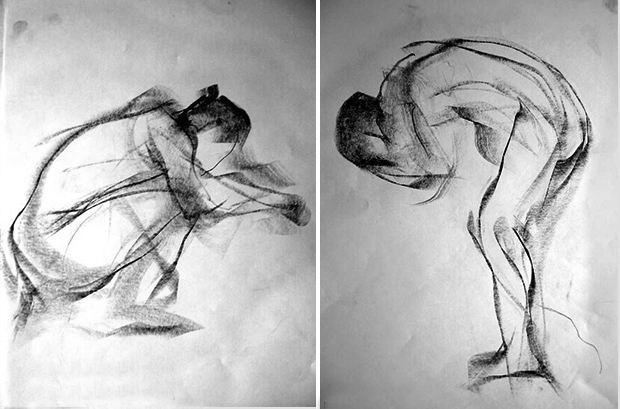
I usually use a thick graphite rod. Sometimes I mix the graphite with a brush and spirit of turpentine to dilute the first strokes. You can achieve very expressive and quick drawings. As far as paper, my drawing teacher said the best paper was the one they used to wrap the fish in. What he meant was that we didn’t use expensive paper, any paper with an average weight is perfect. Using expensive paper will condition us into wanting to make good drawings, it’ll make us feel bad for wasting it and we’ll end up drawing in fear. We should draw with total freedom, filling the space with our strokes, one drawing after the other. Bear in mind that it’s not the result that’s important, but rather exercising your mind into learning to see, understanding reality.
Each drawing shouldn’t be an attempt to make for a masterpiece, but an attempt to make yours the reality around you.
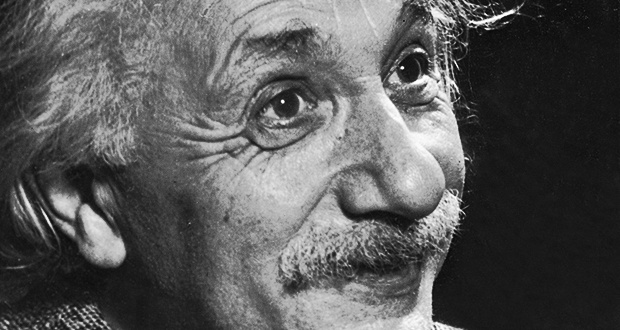
Albert Einstein once said: “If I can’t draw it, I don’t understand it ”
 MAXI DIAZ Animation blog
MAXI DIAZ Animation blog

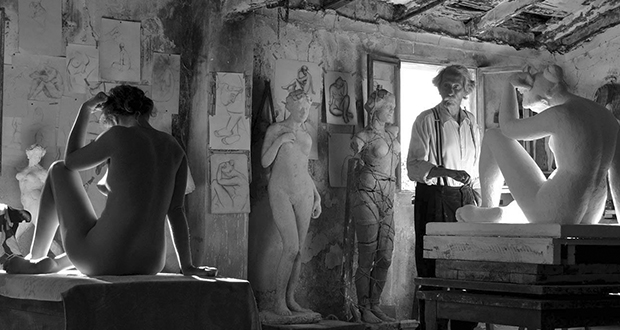

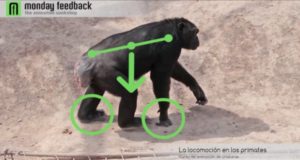
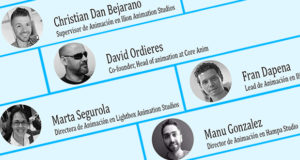

Genial Maxi! Como siempre! Yo la verdad es que echo de menos mis clases de anatomía donde dibujábamos con modelo, con distintos tipos de materiales y con distintos tipos de papel. Eso me ayudó mucho a la hora de dibujar y de animar en 2D.
También he de decir, que desde que me he metido al 3D y le echo horas en el ordenador, he perdido ese contacto con el dibujo y mi mano ya no es lo que era. He notado que esas clases de anatomía me ayudan mucho a la hora de comprender las poses, pero creo que lo haría mejor si me pusiera otra vez a dibujar.
Tengo un libro que dice exactamente lo que has comentado tú aquí y recomiendo para todos aquellos que quieran aprender o volver a dibujar. Os dejo un enlace para que veáis cuál es:
EL PLACER DE DIBUJAR: LIBERA LA CREATIVIDAD QUE LLEVAS DENTRO
http://www.casadellibro.com/libro-el-placer-de-dibujar-libera-la-creatividad-que-llevas-dentro/9788479534264/794406
Un saludo!